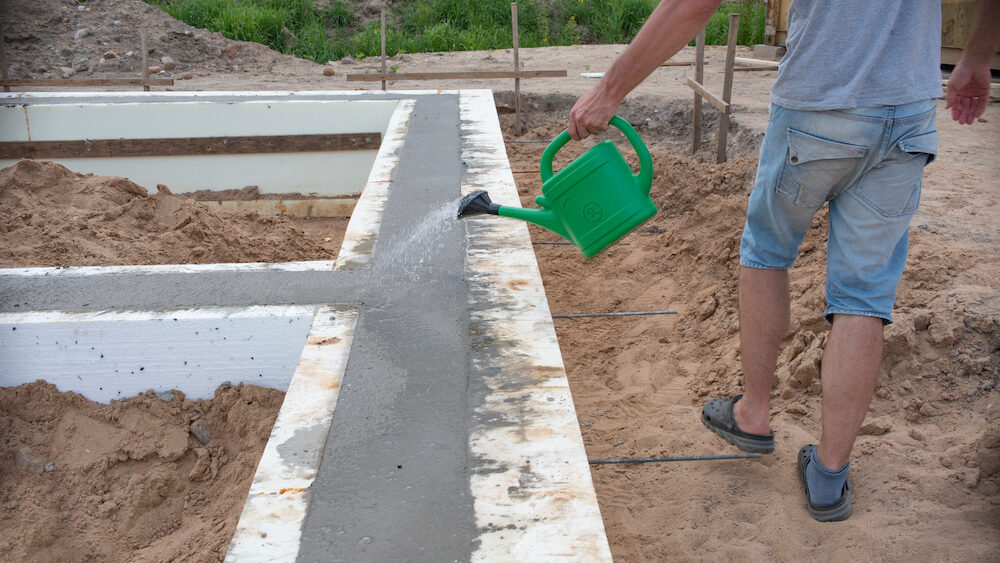
Maintaining consistent soil moisture is vital to keeping the foundation of your home stable. You may need to water your foundation with persistent high temperatures and drought. At other times you may need to take steps to keep water away from it. Here’s what to know about protecting and maintaining your home’s foundation.
Soil responses to weather extremes
Both high rainfall and drought can cause soils to expand and contract beneath and around your home. This can stress your home’s foundation. It’s important to know what type of soil your home is built on so that you can properly maintain the foundation.
- Sandy soil is mostly stable. It does not absorb moisture and thus doesn’t expand in heavy rains. Nor does it contract during times of drought. Unfortunately, not many American homes are built on sandy soils.
- Sandy loam soils are also stable, although they are prone to erosion over time, which could affect your home’s foundation. Homeowners living on sandy loam soils should watch for signs of soil washing away from the foundation. Planting grasses and ground cover plants near the foundation can help prevent erosion.
- Heavy clay soil is the most prone to movement. Clay soil absorbs rainfall and expands but dries out and contracts during dry periods. This movement causes house foundations to buckle, shift and sink. Clay soils require extra vigilance and maintenance.
If you don’t know your soil type, ask a local independent nursery or your state’s agriculture department.
How to maintain your foundation
Keeping moisture levels consistent is essential to foundation maintenance. This is especially true in areas with clay soils. Owners living in these areas should lay soaker hoses along their home’s foundation. In periods with less rain, water the foundation for about an hour one day per week until rainfall returns. During rainy periods, abstain from watering.
With sandy and loamy soils, there’s no need for a water maintenance schedule, but you should refrain from planting large shrubs and trees right beside your house. Large plants drink lots of water away from the foundation, and roots can creep under the house, possibly impacting your plumbing.
Regularly inspect the soil around your foundation. It should slope down and away from the house. If water pools at the base of the foundation, add more soil. Use ground covers and other plants that will prevent soil erosion.
Recognizing foundation problems
You should inspect your home’s foundation regularly to catch problems early and minimize the cost of repairs.
Slab foundations are often spread with a thin mortar veneer for cosmetic purposes. Tiny cracks commonly appear on this veneer, especially at corners. Inject epoxy glue along these cracks so moisture doesn’t get behind the veneer.
More concerning are larger cracks an eighth- to a quarter-inch wide, especially if the cracks extend above the foundation into the home’s siding, whether brick, stucco or lap siding. If mortar joints between bricks crack in a zig-zag or the siding cracks, this indicates foundation movement that must be stopped. Other signs of foundation shifting include floors beginning to slope and doors and windows that stick or will not open or close.
Related – Foundation Problems: When to Worry


